With a higher density of grizzly bears than any other national park in the lower 48, Montana’s Glacier National Park is undeniably “bear country.” Staying bear aware is crucial while exploring here, both to keep you and the four-legged locals safe.
“It's safe to assume when you're anywhere in Glacier, it hasn’t been very long since a bear passed by,” says John Waller, a wildlife biologist and carnivore program manager at Glacier National Park.
Spotting a bear is a common Glacier bucket-list item for our guests. We get it — bears are endlessly fascinating and (in the right circumstances) undeniably adorable. Of course, a certain level of caution is essential should you cross paths with one of these iconic creatures.
Here’s what you need to know about bears ahead of your Glacier adventure.
You’ll find two species of bears in Glacier National Park: black bears and grizzly bears (also known as brown bears). Don’t rely on color to tell them apart — grizzlies can be black and black bears can be blonde. Their distinguishing features can be found in their snout and back. Here's what to look for:
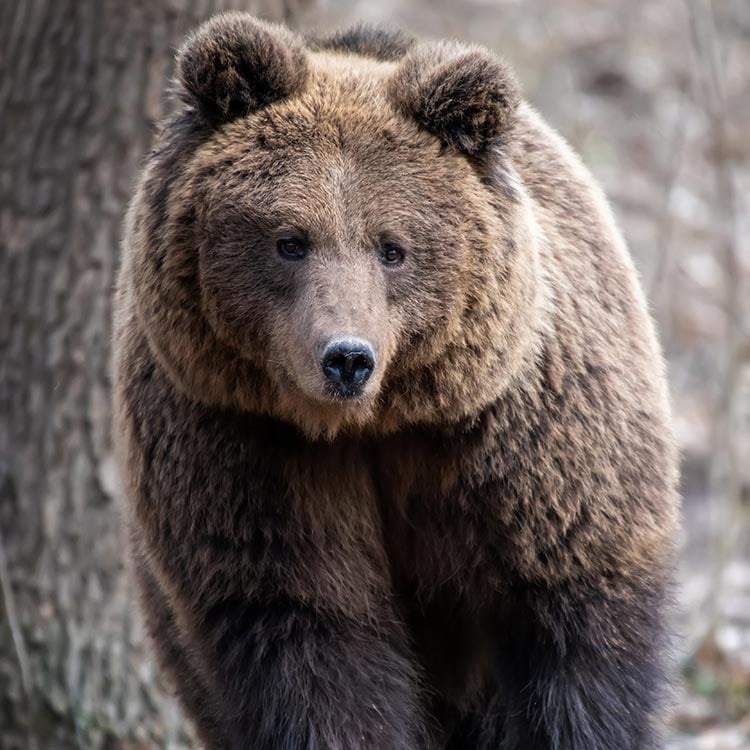
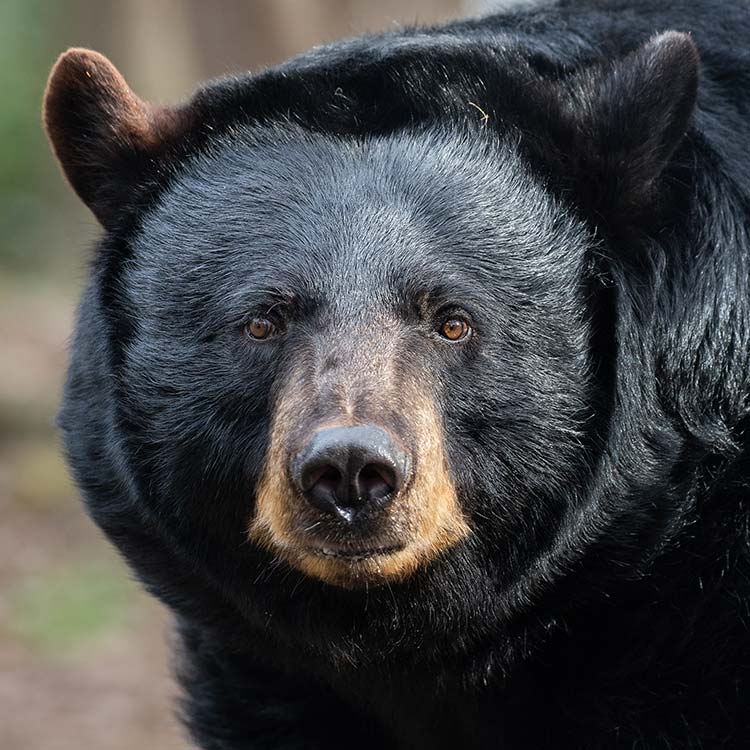
There are nearly 1,000 bears in Glacier National Park, with around 600 black bears and 300 grizzlies living within the gates. Of course, those numbers can fluctuate — bears aren’t too respectful of borders and boundaries, after all.
“Half of the grizzly bears in the park spend part of their life outside the park,” says Waller. “So, it depends if you’re asking on Tuesday or Friday.”
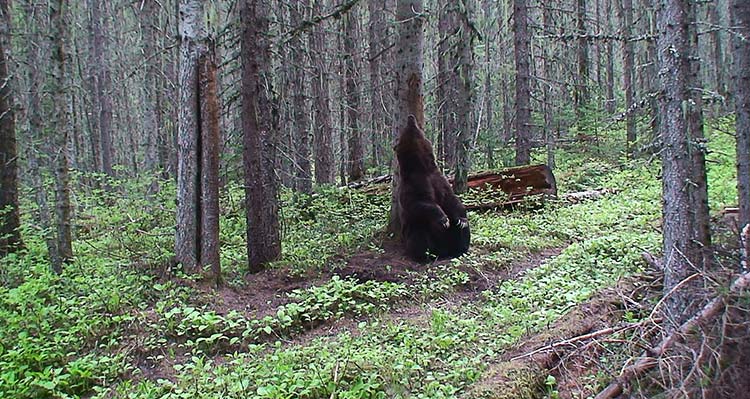
As grizzlies are listed under the Endangered Species Act, there is a particular interest in tracking population numbers. A study conducted in 2004 saw DNA samples gathered from hair snag sites (bits of barb wire left on popular rub trees, baited to attract nearby bears). These sample results were used to estimate a baseline bear population for the whole ecosystem that has been updated using survival and reproduction trends in the years since.
Waller describes bears as “opportunistic omnivores,” meaning they’re adaptable and eat what’s available nearby. While their relatives in Alaska are famous for catching fresh salmon, Glacier bears primarily eat vegetation, such as berries, flowering plants, roots and grasses, along with the occasional small rodent, weakened animal or other meat source.
Bears’ opportunistic eating habits are also why securing your own food (and trash) is so important. Be vigilant in camp clean-ups and pack out all odorous items. Bears associating humans with an easy meal is a situation that rarely ends well for either party.
Glacier bears typically emerge from their winter dens around March or April and head back to sleep in early December.
For the first few weeks after appearing, they’ll hang around their dens to re-acclimate before heading down to lower elevations. Grizzlies typically den in high mountain basins, while black bears choose locations a little lower down.
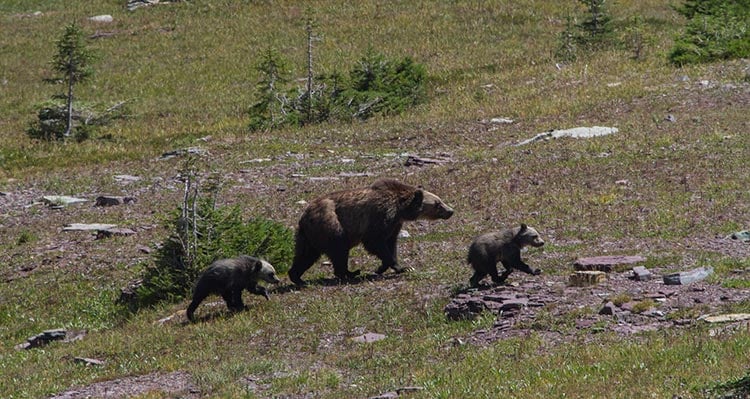
Technically, bears don’t hibernate — they enter a deep sleep known as torpor, which allows them to awaken if necessary, such as in the event of their den collapsing or other detected dangers. Cubs are also born in the dens, where they can safely nurse and grow before emerging at around three months old.
Most Glacier bear sightings happen during berry season, from July through September. As berries ripen at higher elevations late in the season, the bears follow them upward. They’ll continue to look for late-season snacks (typically scavenging meat or looking for wounded animals) through November before denning for the winter.
The National Park Service breaks down bear safety on their site. The basics are:
First and foremost, stay calm. If you're safe, try to enjoy the sighting. The rule of thumb is you want to stay 100 yards (91 metres) away from the bear. If you happen to find yourself within that distance, back away slowly, talk quietly to the bear and avoid eye contact. Most times, the bear will continue on its way.
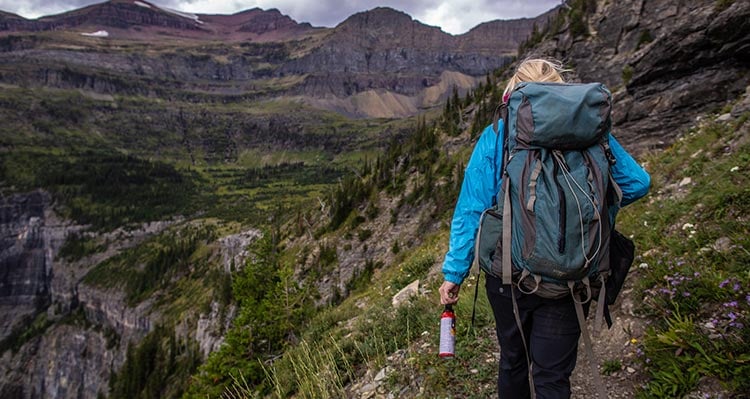
In the rare case that a bear is intent on approaching, gather your group, wave your arms and make noise to discourage it from getting closer. Prepare your bear spray and deploy it if necessary. If you don’t have bear spray and contact is imminent, drop to the ground on your stomach, clasp your hands behind your neck and leave your backpack on for protection. The bear will likely leave you alone once it recognizes you aren’t a threat, but if it doesn’t, fight back.
For quick, typical bear encounters, you don’t need to do anything. If you happen to see a ranger, let them know about your spotting. They like to hear what the park’s bear population is up to!
If the bear was acting odd, such as cases where it approaches your group, get in touch with park officials. You can send them an email at [email protected] with the date, time and as specific of a location as possible, plus a description of the bear or bears you spotted. Checking the GPS coordinates on your phone and providing them in your message is ideal. You can also pop by a visitor center to report the encounter if you’re staying in the area.
Looking to learn more about bears in Glacier? Visit the National Park Service website for further information on safety, best practices and co-existing with bears within the gates.